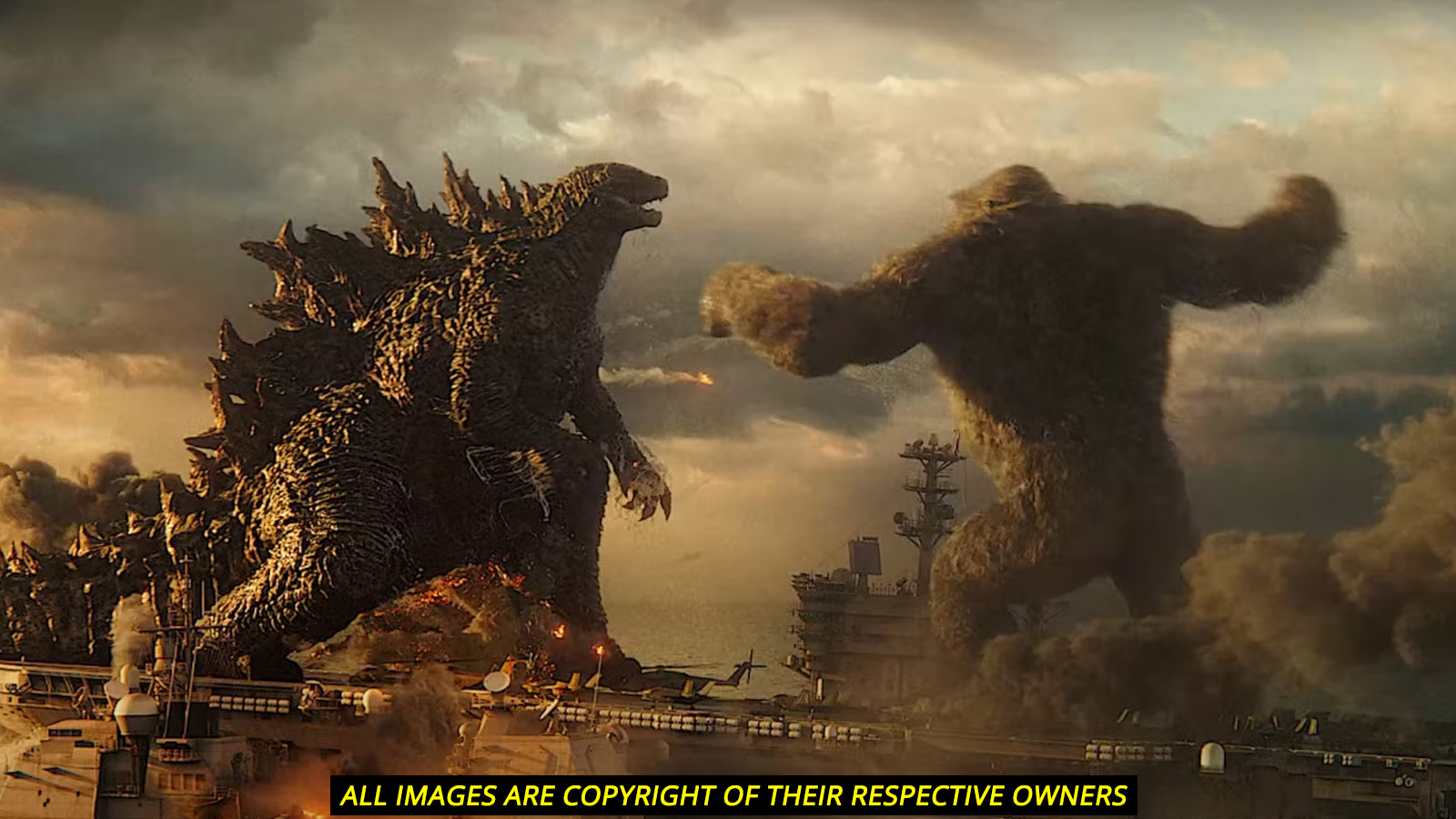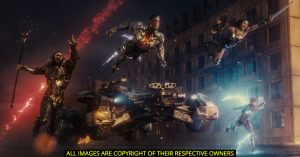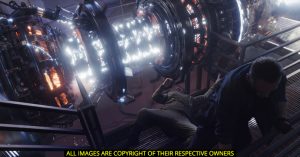
The VFX Industry Journey: How Everything Started
The world of visual effects (VFX) is now synonymous with the magic of cinema. From breathtaking alien landscapes to dragons soaring through stormy skies, VFX transforms imagination into reality. But how did this powerful industry begin? Let’s take a journey back in time to trace the fascinating evolution of VFX — from crude trick shots to the CGI marvels of today.

The Silent Era: Magic in Simplicity (Late 1800s – 1920s)
The story begins in the late 19th century with filmmaking pioneer Georges Méliès, a magician turned director. In 1898, Méliès accidentally discovered the “stop trick” — a method where the camera is stopped, a change is made to the scene, and filming resumes. It allowed objects and people to appear, disappear, or transform on screen.
His 1902 film A Trip to the Moon featured iconic sequences like a spaceship landing in the Moon’s eye, marking the birth of visual effects as a storytelling tool.
Optical Illusions and Mechanical Ingenuity (1930s – 1950s)
As Hollywood grew, so did the need for more refined illusions. Matte paintings, miniatures, rear projection, and optical printers became the VFX toolbox. Films like King Kong (1933) used stop-motion and miniature models to bring a giant ape to life — a groundbreaking feat.
During this time, the industry remained highly practical and mechanical, relying on artistry, precision, and camera trickery.
The Sci-Fi Boom and Analog Brilliance (1960s – 1970s)
The 1960s and ’70s ushered in a golden age for practical effects, especially in science fiction. Stanley Kubrick’s 2001: A Space Odyssey (1968) redefined visual storytelling with intricate models and innovative motion-control camera work. Every shot was created without computers — yet the visuals still hold up today.
But the real shift began with a galaxy far, far away.
A New Hope: Birth of the Modern VFX Industry (1977)
When George Lucas released Star Wars in 1977, he didn’t just change cinema — he changed VFX forever. Lucas founded Industrial Light & Magic (ILM) to create the film’s groundbreaking visuals. ILM combined practical effects with early computer-controlled cameras, giving birth to a new era of special effects craftsmanship.
This film’s success propelled VFX into mainstream filmmaking, and soon, every blockbuster wanted in.
The Rise of CGI: A Digital Revolution (1980s – 1990s)
In the ’80s, Computer Generated Imagery (CGI) made its first major mark with Tron (1982). Though rudimentary, it hinted at a digital future.
That future arrived fast:
- The Abyss (1989) introduced a realistic CGI water creature.
- Terminator 2: Judgment Day (1991) gave us the T-1000 — a liquid-metal villain never seen before.
- Jurassic Park (1993) stunned the world by combining animatronics with realistic CGI dinosaurs.
These milestones proved that digital effects could create photorealistic imagery, revolutionizing the industry.
The 2000s: VFX Becomes Essential
By the early 2000s, VFX wasn’t just for sci-fi. It became essential to filmmaking across genres. Films like:
- The Lord of the Rings trilogy (2001–2003),
- The Matrix (1999),
- Spider-Man (2002),
showed how VFX could elevate fantasy, action, and even realism.
Studios like Weta Digital, Digital Domain, and Framestore joined ILM in pushing the boundaries.

Modern Day VFX: Limitless Potential
Today, VFX is everywhere — in film, TV, advertising, and even YouTube content. Entire cities, creatures, and even actors (via digital doubles and de-ageing) can be created with software. Technologies like:
- Motion capture (mocap)
- Virtual production (e.g., The Mandalorian’s LED stage)
- AI-assisted tools and real-time rendering with Unreal Engine
They are redefining the craft.
VFX is no longer just an enhancement — it’s the backbone of modern storytelling.
Conclusion: From Smoke and Mirrors to Digital Realms
The VFX industry has come a long way from Méliès’ camera tricks and stop-motion monsters. It is now a high-tech global powerhouse, merging artistry, science, and storytelling in unprecedented ways.
As technology continues to evolve, so will the language of visual effects, enabling storytellers to dream even bigger.


